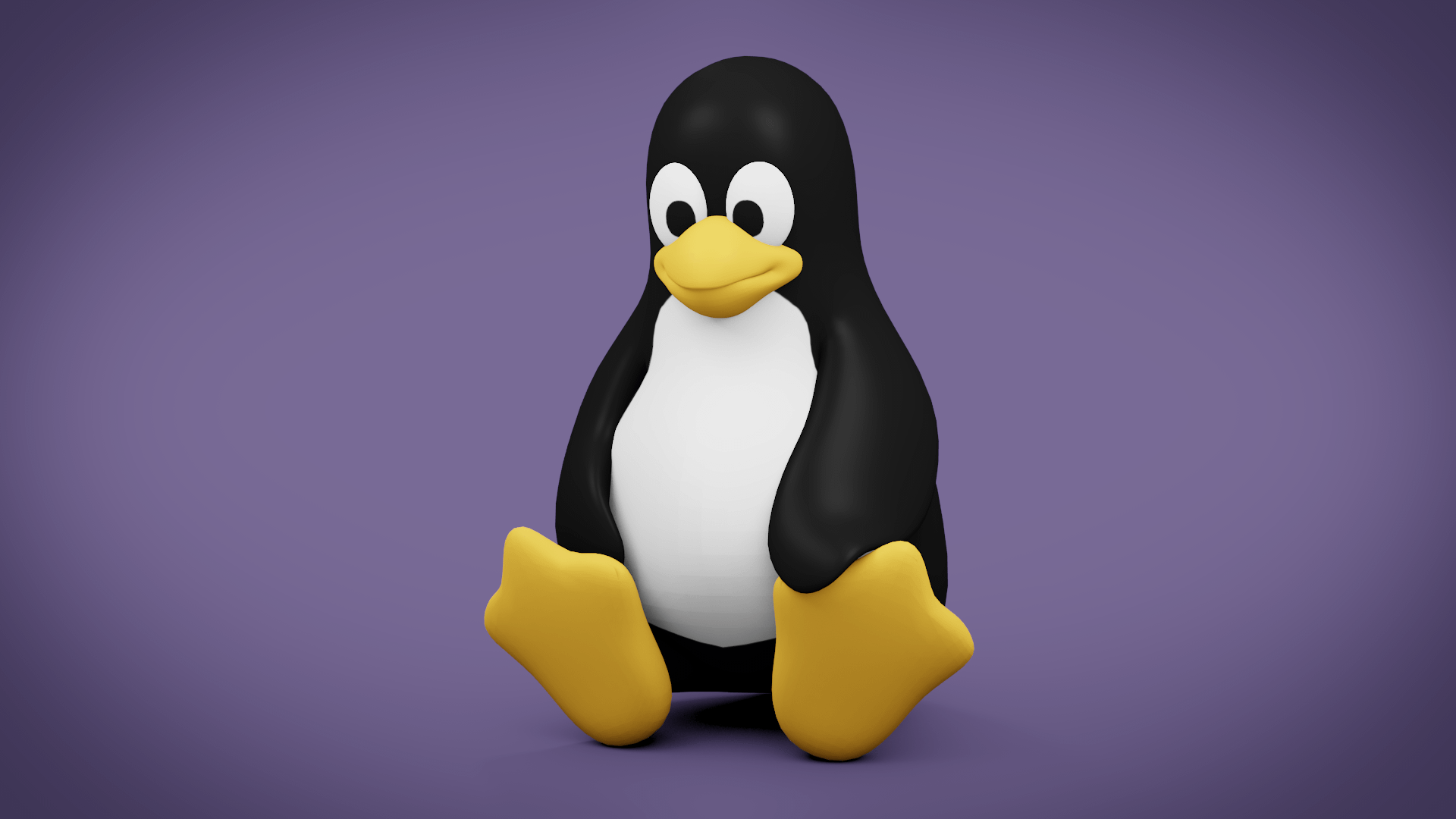
The Penguin Revolution: How Linux Went from Quirky Code to Global Phenomenon
By Adedayo Oyetoke, Published on: February 12th 2024 3 min, 546 word Views: 1253
Linux: From Quirky Code to World Domination (Without Losing Its Socks)
Remember dial-up internet? Flcdisks? Yeah, those were the dark ages of tech, a time when a "powerful computer" had 4 MB of RAM and the coolest game was Minesweeper. It was also the time when a young Finnish student named Linus Torvalds unleashed a little project called Linux onto the world. Fast forward 32 years, and that "little project" has become the operating system powering everything from smartphones to supercomputers, servers to spaceships. Let's take a hilarious history ride through the evolution of Linux, from its humble beginnings to its current status as the king of open-source cool.
1991: The Birth of a Penguin:
It all started with Linus, a dude with a serious dislike for commercial software and a knack for hacking. He wanted a free, customizable operating system, so he rolled up his sleeves (figuratively, because Finland is cold) and started coding. The result? Linux, named after his favorite animal (not the majestic bald eagle, surprisingly).
Early Days: A Patchwork Quilt of Penguins:
Back then, Linux was like a DIY project gone wild. Different groups customized the kernel, creating their own distributions (distros) with unique features and names like Slackware, Debian, and Red Hat. It was a beautiful mess, like a penguin convention where everyone showed up in their own, slightly mismatched tuxedo.
The 2000s: From Geeks to Desktops:
Remember those clunky beige boxes called "computers"? Linux started infiltrating them, slowly but surely. Distros like Ubuntu made Linux more user-friendly, attracting non-techie folks who didn't want to spend hours deciphering cryptic commands. This was the era of the "Linux desktop," except your grandma still thought it was just a fancy screensaver.
Mobile Mania and Server Supremacy:
Fast forward to the smartphone revolution. While iOS and Android battled it out, Linux quietly powered the Android kernel, proving its adaptability beyond desktops. On the server side, Linux became the go-to choice for companies, thanks to its stability, security, and, let's face it, affordability (because who wants to pay a gazillion dollars for software?).
2023: One Ring to Rule Them All (But Still Open Source):
Today, the Linux landscape is more streamlined. While various distros cater to specific needs, the core remains the same. It's like a penguin parliament, united under the Linux banner but still embracing individuality (because penguins are cool like that).
The Future: Open Skies and Beyond:
So, where's Linux headed? The future is wide open, like a Linux terminal without any commands entered (don't worry, techies, I get the joke). From powering self-driving cars to colonizing Mars (because penguins can't handle the heat), Linux is poised to continue its reign.
Linux has come a long way, from a programmer's passion project to a global phenomenon. It's proven that open-source collaboration can create powerful, adaptable technology, all while keeping things fun and, dare we say, a little bit quirky. So next time you boot up your device, remember the penguin behind the scenes, reminding us that even the coolest tech can start with a single line of code and a whole lot of enthusiasm. And who knows, maybe someday we'll see penguins waddling on Mars, powered by Linux, of course. Now that's an image we can all get behind (or waddle alongside).
